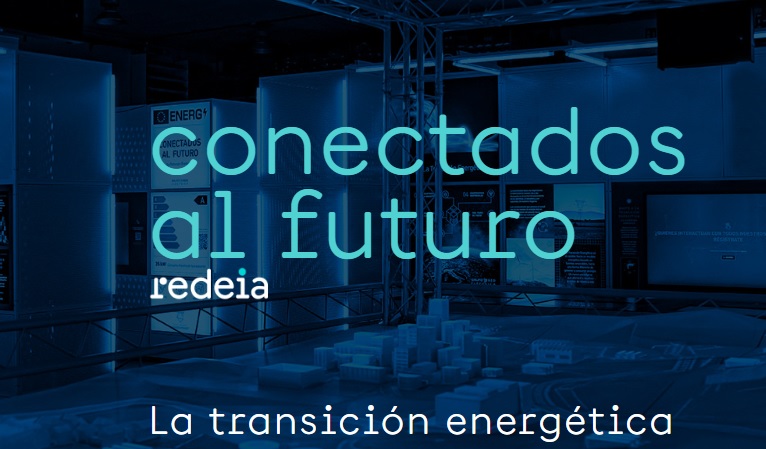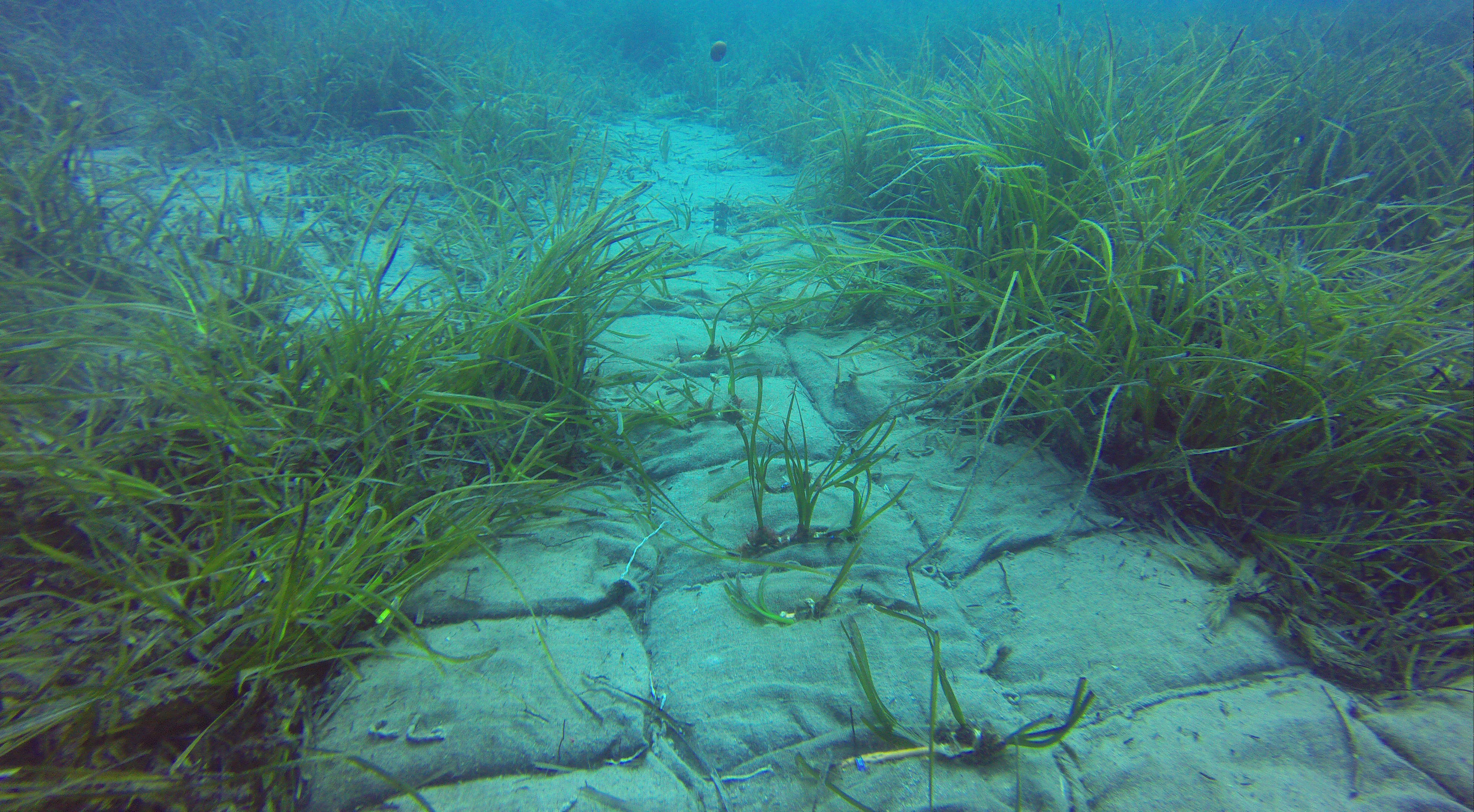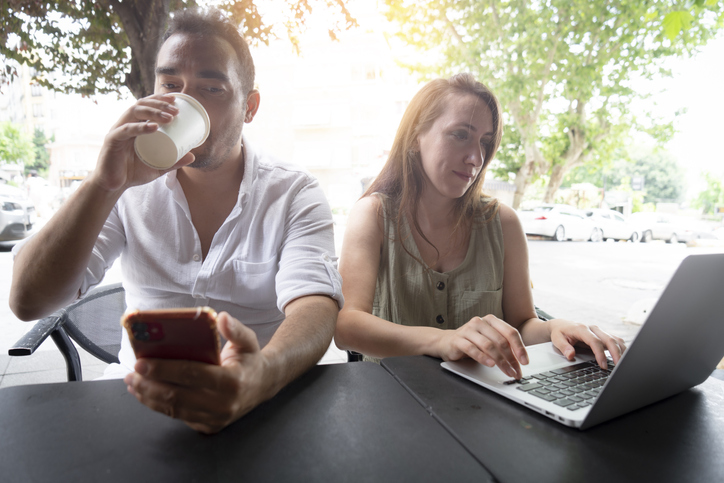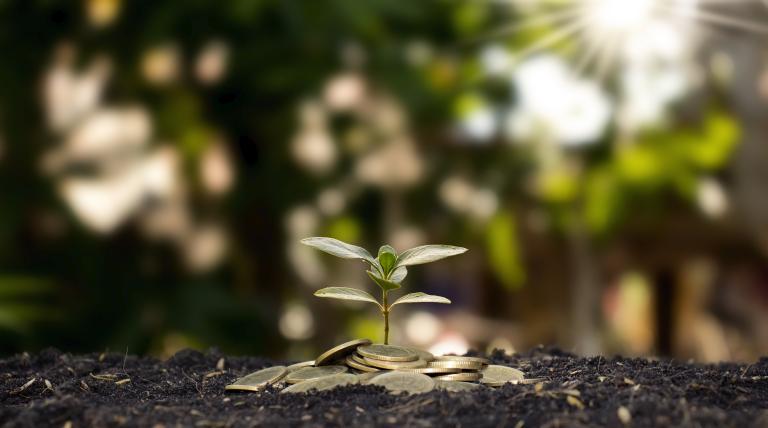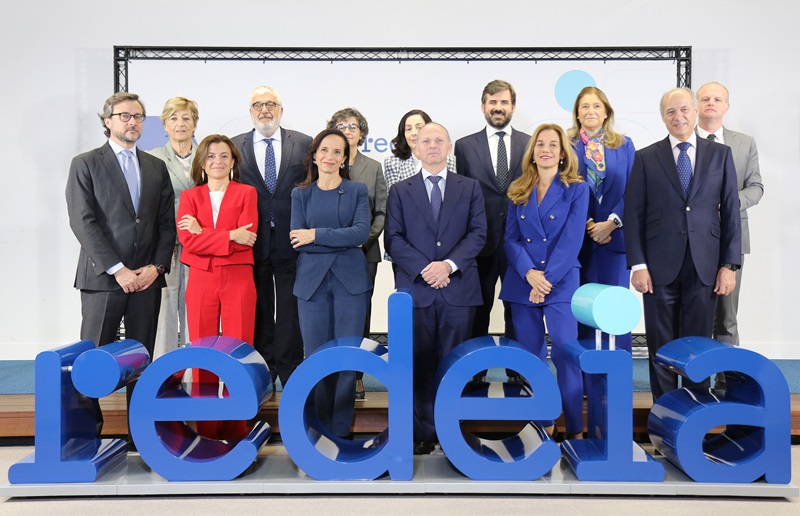We are a global operator of essential infrastructure
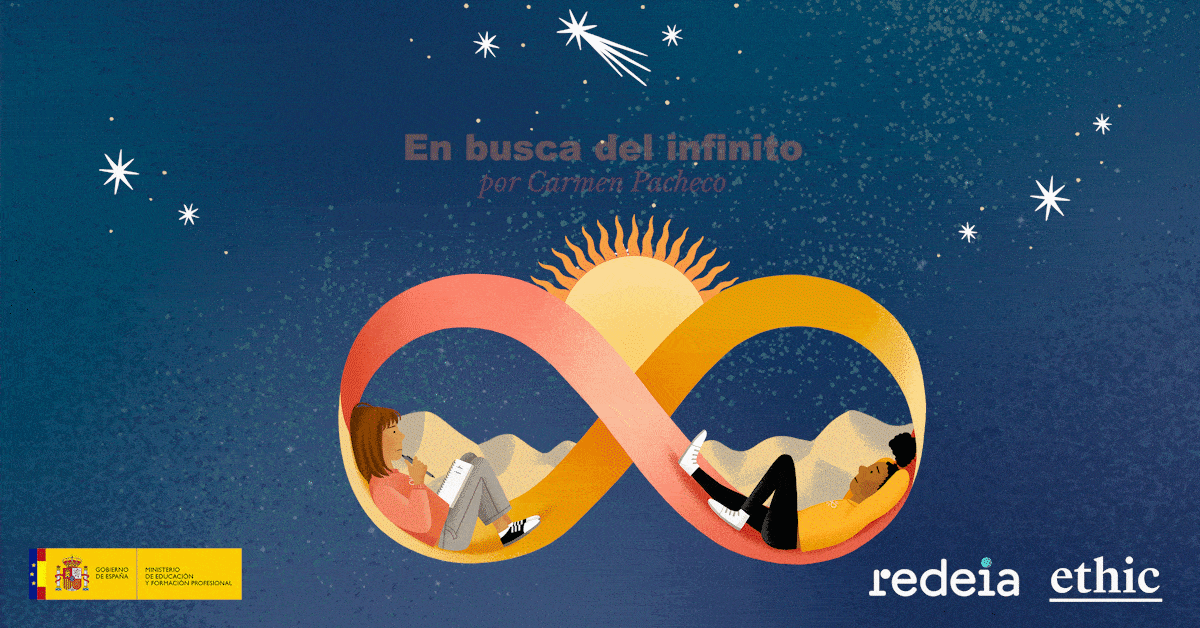
(…) —Tell me something that is infinite— Jorge blurted out, defiantly (…).
—Right then, numbers!— replied Clara.
—Numbers are ideas, too! They don't exist. I mean something real, something you can see, or touch.
—Well... —Clara had gone blank.— I can't remember now, but there are lots of things.
—How much do you want to bet on that?
—Whatever you whant!
(…)
This bet marks the starting point of 'In Search of Infinity', the digital and audio story that Redeia is publishing on the occasion of 11 February, the Day of Women and Girls in Science, to promote scientific and technological vocations among girls, break stereotypes and gender biases around STEAM disciplines and awaken interest in energy and telecommunications among children, especially among Primary and Secondary schoolgirls.
'In Search of Infinity' tells the story of Clara and Sofi, two girls who dream of forming a musical duo for which they have already devised the logo: the infinity symbol, because they want to be "friends forever". Through a wager with Clara's older brother —who has teased them and challenged them to find something that is truly infinite in the universe— the girls discover the wonders of the various sciences, the language of mathematics, the power of the scientific method and, above all, the value of true friendship.
The author of the story is Carmen Pacheco, a contributor to various media, scriptwriter and writer with several literary works under her belt, including novels for children and young people, finalists for the Barco de Vapor prize. The illustrations are by Laura Pacheco, illustrator, comic artist and author of webcomics.
This educational and awareness-raising initiative by Redeia is part of Cuentos4Future, a project by the Ministry of Education and Ethic in collaboration with major companies that aims to teach children about the Sustainable Development Goals. Redeia wanted to take part by choosing SDG 5, Gender Equality, well aware that there is still a long way to go before achieving the full participation of women in both technical and managerial positions in the technology and energy sectors.
According to the Spanish Association of Women in Energy (Aemener), in the energy sector, female talent does not reach 29% of the total workforce. In the Information and Communication Technologies (ICT) sector, this percentage is 23%, according to the National Observatory of Telecommunications and the Information Society.
"The great challenges of the energy transition and digital transformation require the talent of women. Companies must develop recruitment and training policies to increase the presence of women in male-dominated positions, as well as promotion and leadership policies to encourage these women not to stay at the bottom, but to reach management positions", says Beatriz Corredor, president of Redeia. In this company, 27% of the workforce is made up of women, a percentage that rises to 35.5% in the top management and 50% in the executive committee and on the board of directors.
Faced with the current deficit of female STEAM profiles in the labour market, Corredor adds: "If we want to attract more women to the energy and telecommunications sectors, if we want them to choose to study these disciplines, we must begin to take action from childhood with a basic education that eliminates stereotypes and shows role models to our daughters, highlighting the enormous social contribution made by women scientists, technologists, mathematicians, engineers and many other STEAM professionals".
'In Search of Infinity' is one of the various initiatives that Redeia is conducting to awaken scientific and technological vocations among girls and young women, such as RedeSTEAM, the competition for 3rd and 4th year ESO students, which will soon begin its second edition.
To facilitate a real immersion in the STEAM world, the story is accompanied by a worksheet with exercises, experiments and games to explore in depth the different questions that arise during reading, either at home with the help of the family or in class with the help of the teachers.
- Thus, children reflect on the idea of infinity and ask themselves, like the protagonists of the story, if the energy of the sun, atoms, sand on the beach, sea water or numbers is infinite.
- They discover the close relationship between languages and the abstraction of music and mathematics, where fractions are similar to measures, notes function similarly to powers, and rhythm can be understood as an arithmetic pattern.
- They approach the scientific method as a structured and systematic way of dealing with their doubts, resorting to creative problem solving as any scientist does when looking for answers.
- They learn about the solar system, the orbit of planets, comets, satellites and the Voyager space probe, in which Carl Sagan included a disc with information about the Earth as a testimony of our existence for other civilisations in the galaxy.
- They learn the names and stories of women who have made important contributions to science and development, such as the biochemist Lucia Galvani, who discovered bioelectricity, laying the foundations for Volta's discovery of the electric battery, and the engineer Maria Telkes, inventor of the first solar heating system and the first thermoelectric generator.
- And they develop competencies for communication, social relations, autonomy and logic-mathematics, among others, as well as skills such as creativity, collective awareness and emotional expression.

